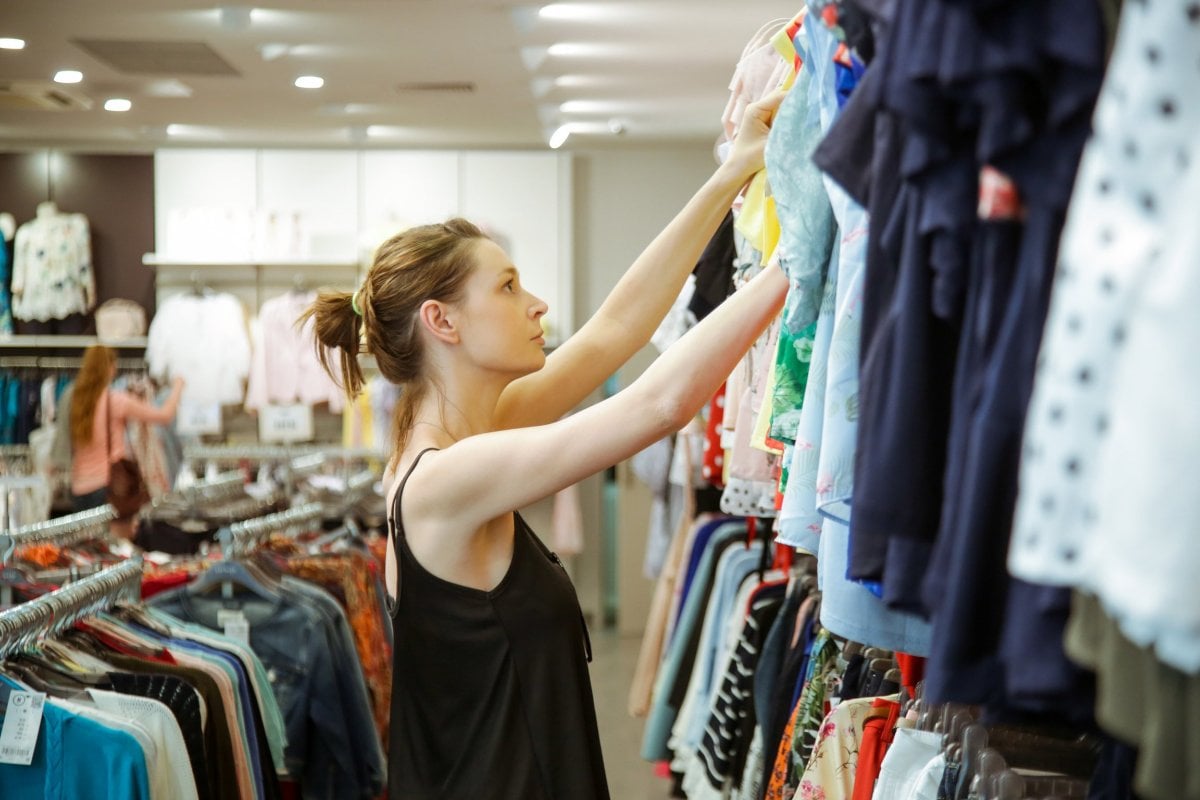
Pretty much everything I've bought over the past 15 years is secondhand. There. I said it.
But why should I feel embarrassed? I choose the much (so much) more sustainable option and save a whole lot of money too. Go me.
Watch: Mamamia Fashion Crimes: Festival Chaps. Post continues below.
The thing is, I do know why I feel shy coming out as a second-hand shopper.
Sadly, there’s a lingering stigma.
If I was maybe 25, then perhaps I’d be able to find my tribe. But as a Gen X-er the view is most commonly: “Oh, I wouldn’t ever buy second-hand.”
If you too are of the view that it isn’t good enough for you, then give me a few minutes.
Second-hand doesn’t mean 'cheap'.
I remember heading to the shops as a young teenager with a generous $20 in my purse and spending all day weighing up my options, because $20 was a lot of money and warranted due gravitas.
After considerable deliberation and some hard conversations with myself, I bought a very on-trend vinyl belt from Esprit.